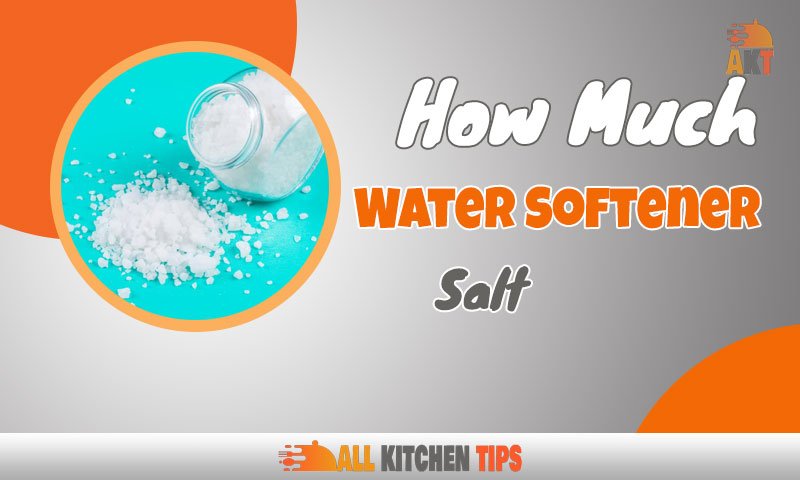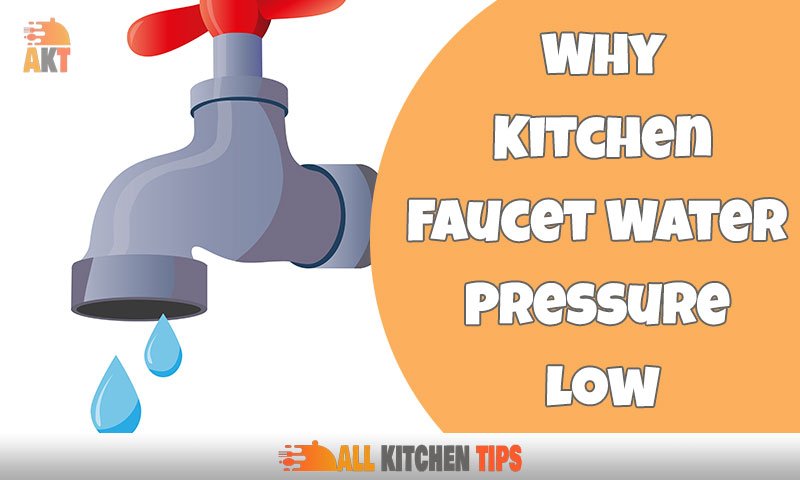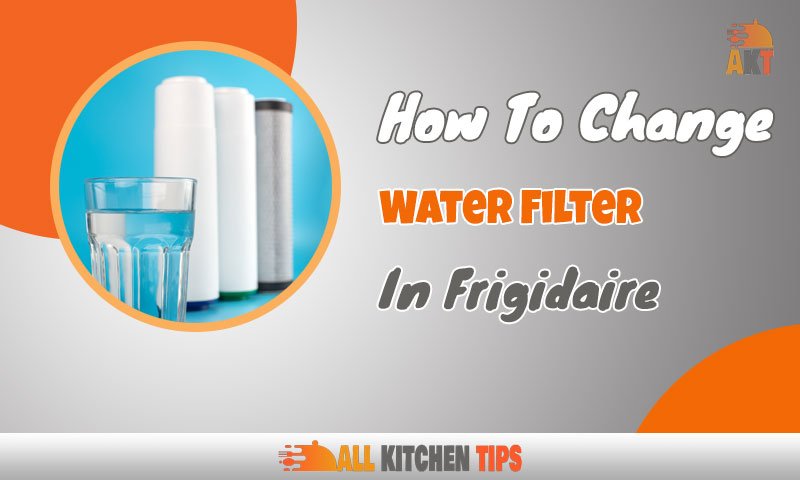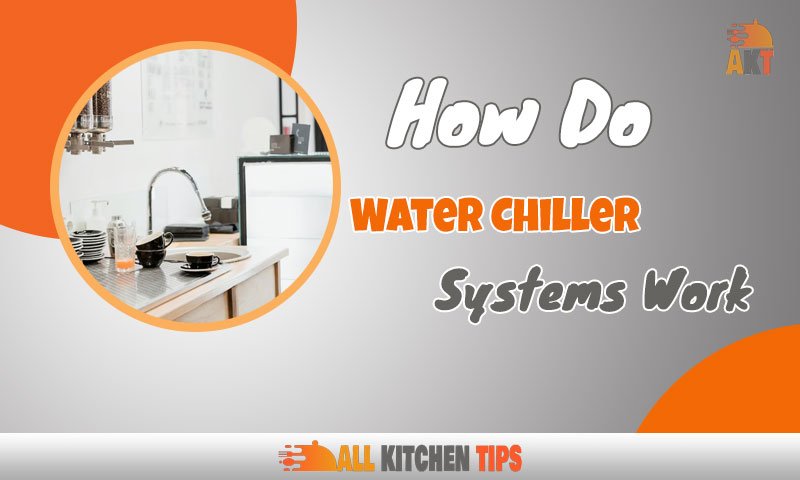If you want to optimize the quality of your water, you should consider the right amount of water softener salt. With the right amount of salt, you’ll be able to remove hardness and other impurities from your water, resulting in clearer and better-tasting water.
Although it may seem like a difficult topic to understand, knowing the fundamentals of how much salt is required for water softening may assist ensure that you do it correctly. In this post, we’ll examine the function of salt in water softening and discuss how to select the ideal dosage for your requirements. We’ll also go over things like water temperature and hardness levels that can determine how much salt is needed.
By following our tips and advice on optimizing your water through salt usage, you’ll be able to enjoy cleaner and softer tasting water in no time!
Understand the Purpose of Salt in Water Softening
Salt plays an important role when it comes to water softening. It works through the process of ion exchange, where Calcium and Magnesium ions in the hard water are replaced with sodium ions. To accomplish this, salt is slowly broken down in a water softener to create the sodium needed for this process.
To guarantee that your water softener works well and that your water quality remains at its best, the proper salt dosage is crucial. If you don’t use enough salt, magnesium and calcium salts will build up in the resin beads, clogging them up, while if you use too much salt, sodium chloride will be produced in excess, overloading the system and eventually causing damage.
Regularly renewing your water softener system with adequate amounts of salt will help to maintain and improve the ion exchange mechanism. Specific instructions on how much salt to use for regeneration should be given to you by your manufacturer. The lifespan of your system can also be increased, and its effectiveness can be enhanced over time, by selecting a high-quality water softener salt.
Assess the Size of Your Needs
Making sure you have the right amount of salt in your water softener is paramount to the health of your plumbing and appliances, as well as ensuring that you have soft water running through your home. To determine how much salt you need, you’ll first need to calculate your “daily softening requirement.” This is done by taking into account several factors:
- Type of softener tank
- Tank size
- Water hardness
- Household water usage
It will precisely identify the size and kind of water softener for your home once these criteria have been defined. It’s also critical to gauge the degree of hardness in your neighborhood. When buying a unit or buying weekly amounts of softener salt, it’s crucial to do this assessment because different levels require different types of water softeners.
Follow the Manufacturer’s Instructions
It is essential to follow the manufacturer’s instructions with water softening systems, as recommendations vary by system. This is because different systems have different sets of features and components which require special attention. The most important step you can take to ensure the safety of your system is to follow the requirement by the manufacturer.
The best ways to use a product’s features are clearly laid out in the manufacturer’s instructions. For instance, they detail the recommended salt usage because water turnover rates will directly impact efficiency and cost savings. To get the best performance out of your system, it is crucial that you measure out the precise quantity of water softener salt that is specified in the instructions.
To keep a medical device or appliance, such a water softener, functioning as intended, manufacturer recommendations should also be followed. Failure to do so could lead to erroneous mineral or other impurity levels in your water supply, which could reduce efficiency and raise health concerns for you and your family.
Monitor the Salt Levels Regularly
Just like with any other piece of equipment, it’s important to monitor the salt levels in your water softener system regularly. This is especially true if you’re using a manual-fill system, as it requires human intervention to ensure proper operation.
You’ll need a salinity meter to monitor the correct salt level in your water softener. You can check that the salt levels in your water are appropriate by using salinity meters, which are simple to use and offer precise readings.
Also, it’s critical to keep in mind that salinity levels can differ depending on their intended use. For example, aquatic species demand fresh water, whereas animals and crops thrive in somewhat salinized environments. It’s crucial to make sure you’re monitoring and changing salt levels correctly because uncontrolled salinity levels can have a harmful impact on both human health and safety.
Invest in an Automatic Replenishment System
Investing in an automatic salt replenishment system for your water softener will save you money on labor costs and process costs. Automating the salt replacement process for your water softener reduces stock levels and increases inventory turnover. When usage management is given more attention, the time spent filling and refilling the softener can be reduced by up to 50%.
Moreover, automated replenishment systems are designed to help you better monitor salt usage so you can maintain optimal levels with less effort. A dedicated monitoring system will keep track of demand, repair needs, and other factors that may impact the amount of salt needed to maintain quality levels in your water supply. You’ll be able to anticipate when stocks need toppping up rather than waiting until the reservoir is completely empty.
Seek Out Expert Advice for Heavy-Duty Usage
Mechanics, truckers, and other heavy-duty vehicle and equipment industry veterans have a wealth of knowledge to share. These professionals can offer insightful advice on maximizing your equipment, from budgeting to repairs and upkeep.
For instance, to save money on meals, truckers should be ready to bring food from home. When possible, they should also request CDL discounts. Also, they should prioritize doing regular maintenance and repairs on their equipment because failing to do so will just lead to increased costs in the future.
The same is true for mechanics who handle heavy-duty machinery or cars. A heavier-duty leaf spring upgrade can lower the cost of having to replace them more regularly, and salt from water softeners is essential for extending the life of other parts since it prevents mineral buildup in pipes.
When using heavy-duty vehicles or equipment, always make sure you turn to an expert for advice – they’ve likely been where you are before and can offer invaluable tips.
People Also Like: How Often Should You Clean Ice Machines to Maintain?
Conclusion
It’s easy to get concerned about the amount of salt used in water softeners, but it’s important to remember that this is an essential component of the water softening process. By using the right type and amount of salt, you can ensure that your water softener is working properly and producing soft, clean water for your home. Taking the time to familiarize yourself with the amount of salt to use for your model will ensure the best results for your water softener.





